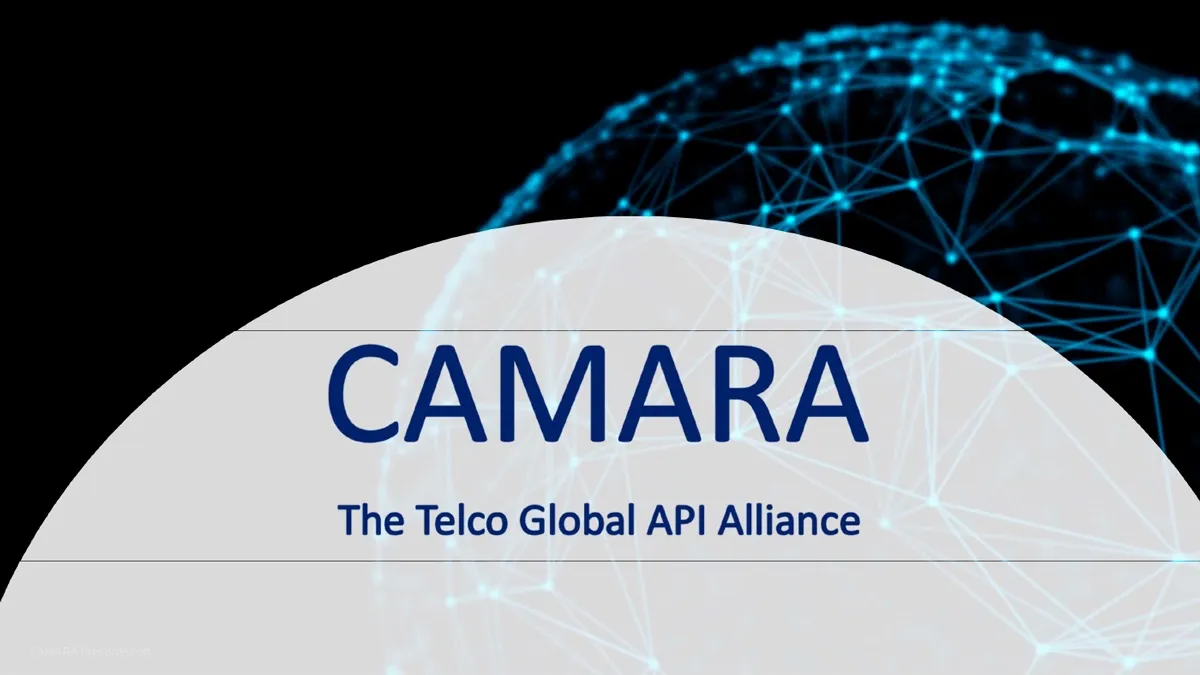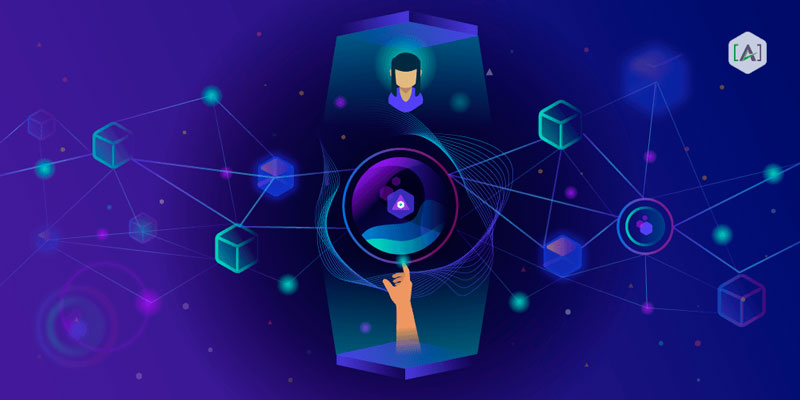Stay updated with the latest insights, trends, and stories from our experts. Our blog covers a wide range of topics, including technology, innovation, industry trends, and much more. Dive in and explore articles that inform, inspire, and keep you ahead of the curve.

The CAMARA API project revolutionizes the way external users interact with the 5G core network. By providing a unified and standardized API framework, CAMARA enables seamless integration and interaction with 5G network capabilities. This initiative aims to simplify the development and deployment of new applications that leverage the power of 5G technology. Through CAMARA, developers can access a wide range of network functions and data, facilitating the creation of innovative solutions that enhance connectivity, improve user experiences, and drive technological advancement. Whether it's enhancing mobile broadband, enabling massive IoT, or supporting ultra-reliable low-latency communications, the CAMARA API offers the tools and interfaces needed to unlock the full potential of 5G networks. The CAMARA API project is poised to play a pivotal role in the 5G ecosystem, driving innovation and enabling the development of next-generation applications and services. As 5G networks continue to expand and evolve, the CAMARA API will be instrumental in unlocking new opportunities and creating a more connected and intelligent world. By fostering collaboration between network operators, developers, and other stakeholders, the CAMARA API project aims to build a vibrant and dynamic 5G ecosystem that supports a wide range of applications and use cases, ultimately transforming the way we live, work, and interact with technology.

Managing Director
28-05-2024

Ontology and the Web Ontology Language (OWL) are essential tools in the realm of semantic web and data management. Ontology provides a structured framework to categorize and relate concepts within a particular domain, enabling machines to understand and interpret complex information. OWL, a powerful ontology language developed by the World Wide Web Consortium (W3C), allows for the creation, sharing, and application of ontologies across various domains. By leveraging OWL, developers and researchers can ensure interoperability and enhance data integration, leading to more intelligent and responsive systems. This blog explores the basics of ontology, the features of OWL, and their applications in modern technology. Ontologies help define the concepts and relationships in a domain, creating a common understanding that can be used by people and computers alike. OWL builds on this by providing a rich language for defining and instantiating web ontologies. It includes capabilities for expressing complex relationships between terms, facilitating more accurate and detailed data representations. The adoption of OWL has profound implications for artificial intelligence, machine learning, and data-driven applications, providing the foundation for more sophisticated and reliable systems.

Managing Director
28-05-2024